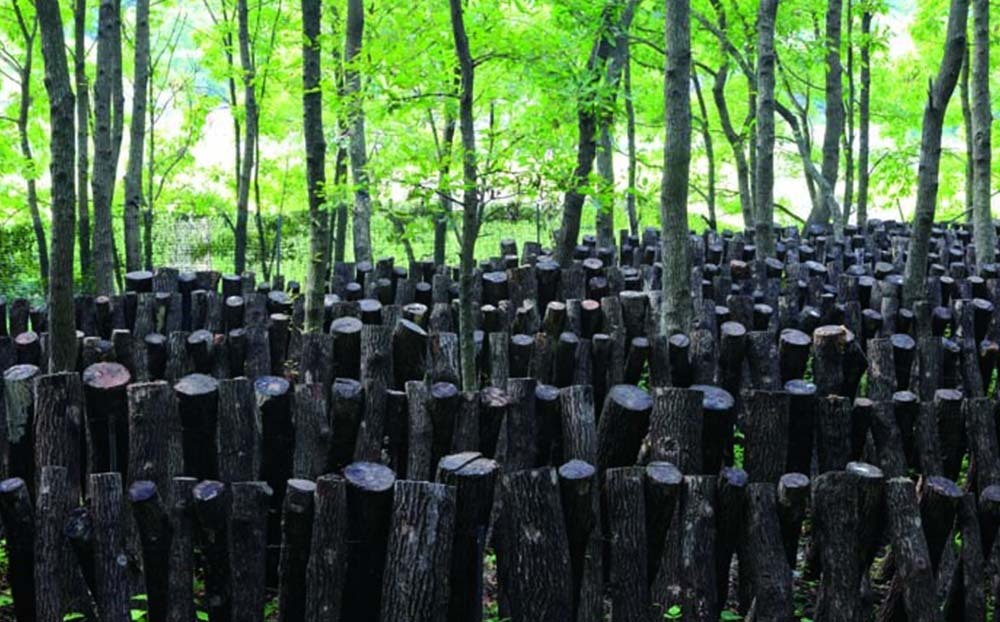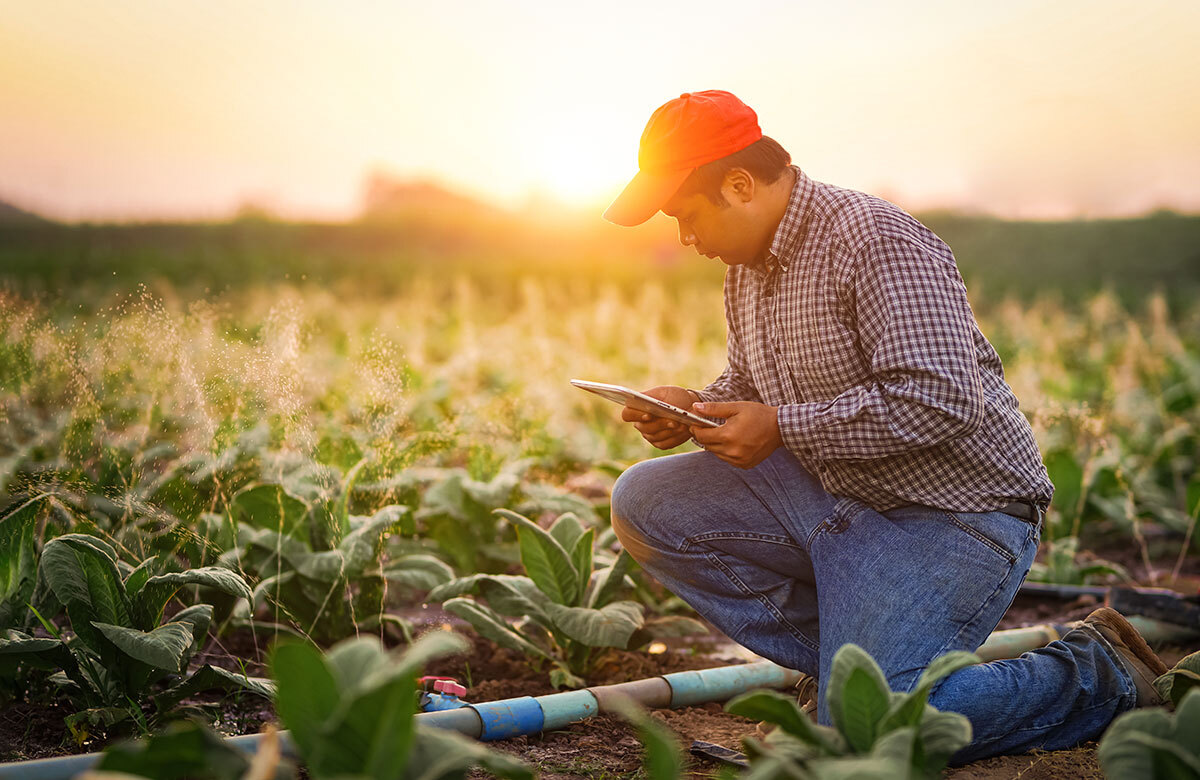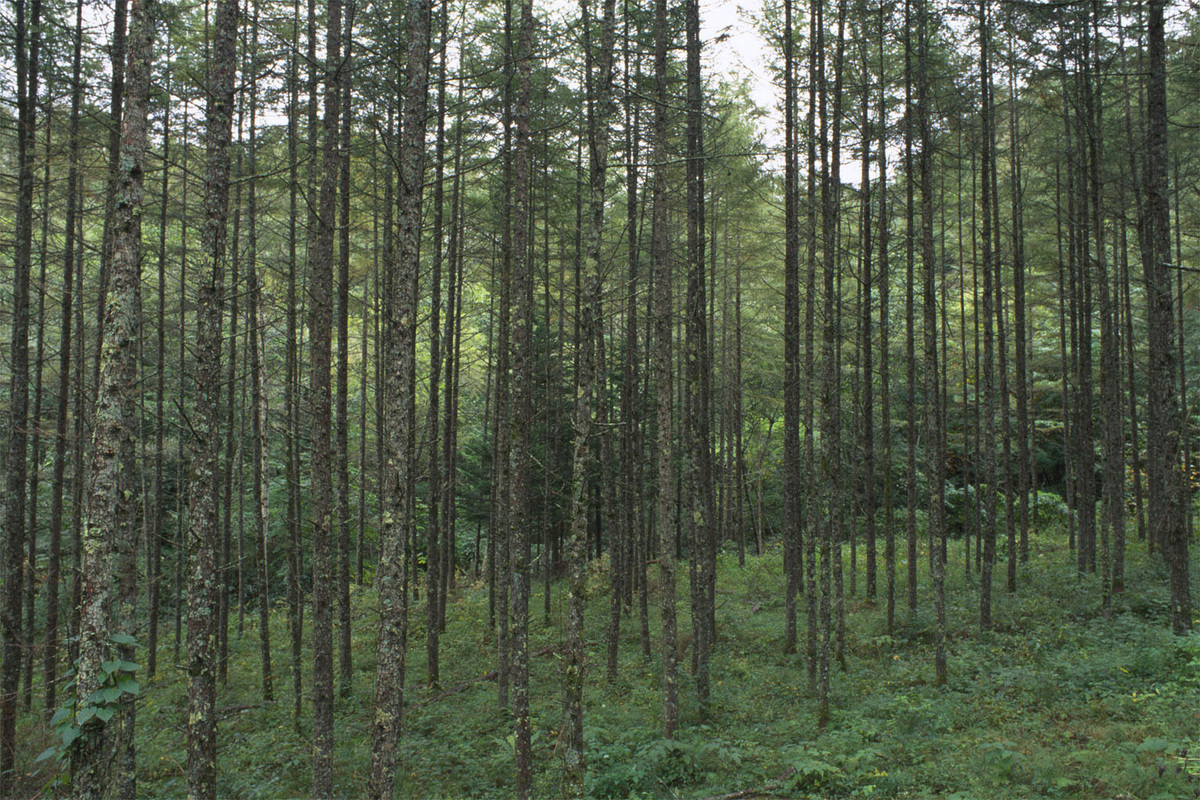
©Bijon Kumer MITRA
Issue
Poor management of privately owned forests in the upstream areas of water catchments deteriorates the quality of water supplies
Solution
Enhancing urban-rural partnerships for sustainable management of water source forests in upstream areas is the key to conserve water environment
Background
Kanagawa Prefecture is home to 9.2 million people, half of whom live in two major cities, Yokohama and Kawasaki, which account for only 24% of the prefecture’s land area. The western part of the prefecture is a rural and mountainous area that has a declining and aging population. The water supply of the urban areas of Kanagawa prefecture is sourced from these rural and mountainous areas. As shown in Figure 1, these water catchments provide nearly 96% of the water supply of the urban areas, meeting the water demands of the domestic, industrial, and service sectors (Kanagawa Prefecture, 2015).
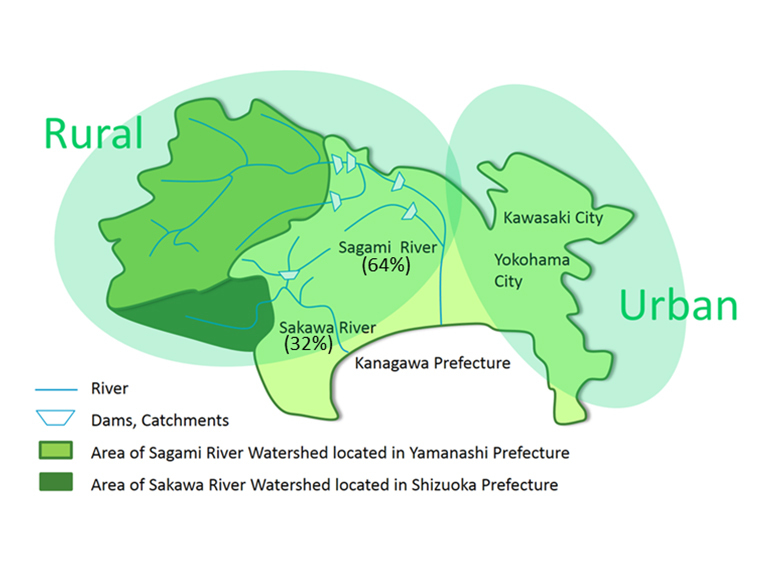
Figure 1. Location of water catchments in Kanagawa Prefecture and their contribution to the water supply (Compiled from Kanagawa Prefecture, 2015; Mitra et al., 2020).
Privately-owned plantation forests make up 70% of forests found in the water catchment area. The sustainable management of this large area of privately owned forest is vital for water environment conservation. However, sustainable management of the forests in upstream rural and mountainous areas faces challenges: forestry became unprofitable, the population size of rural areas is declining, and forests are deteriorating due to a lack of infrastructure. Poor forest health will reduce the water retention and purification capacity of the forest ecosystem, ultimately leading to water quality levels that will not satisfy the expectations of citizens.
Solution
To resolve this issue, Kanagawa Prefecture formulated the Basic Policy for Kanagawa Water Source Environment Conservation and Restoration that laid out a long-term plan to conserve and restore water sources in the rural and mountainous areas with a specific focus on the Nature-based Solutions (NbS). This policy has been implemented since 2005 and is planned to continue up until 2025. In line with this policy, Kanagawa Prefecture formulated the 5-year Action Plan for Conservation and Restoration of Water Source Environment, which was in its third phase. The 5-year Action Program includes ten different types of projects that emphasize the conservation and restoration of forests, the conservation and restoration of rivers, the conservation of groundwater, the control of pollution loads, and the participation of residents in knowledge generation and monitoring. Sustainable financial sources are essential to support the action program. To secure the necessary financial resources, Kanagawa Prefecture introduced a water environment conservation tax of approximately 890 JPY per taxpayer per year, comprised of a fixed rate (300 JPY, regardless of income) plus an income-based rate (4 percent of total tax per capita). The tax rate is determined every 5 years based on the total expenses required to implement the programs stipulated in the Action Plan, which is currently 20 billion JPY over the 5-year period. About 75% of this tax revenue is used for a set of NbS, which includes water source forest development, conservation and restoration of the mountain range, soil conservation, regional water source forest management, and improving the natural purification function of rivers and channels (Kanagawa Prefecture 2016). The water environment conservation tax creates a bridge between ecosystem service consumers (urban) and producers (rural) to strengthen collective actions to manage water source forest ecosystems. The unique characteristic of the governance of the Kanagawa Prefecture water environment conservation program is the establishment of a committee that comprises stakeholders from different sectors, including citizens. This committee is given the mandate to formulate detailed action plans, review the plans every 5 years, and make necessary revisions. Notably, 25% of the committee members are from civil society organizations that help to make the decision-making process transparent (Sukhwani et al., 2019). Other key success factors include the active involvement of private sectors in the implementation of forest and water conservation and restoration projects, regular monitoring and reporting to the public, and demonstration field visits for citizens to the project sites. The Kanagawa water environment conservation program not only mitigates water risks for the citizens but also supports the rural economy by supporting local forest businesses, creating new jobs, and attracting urban tourists and volunteers.
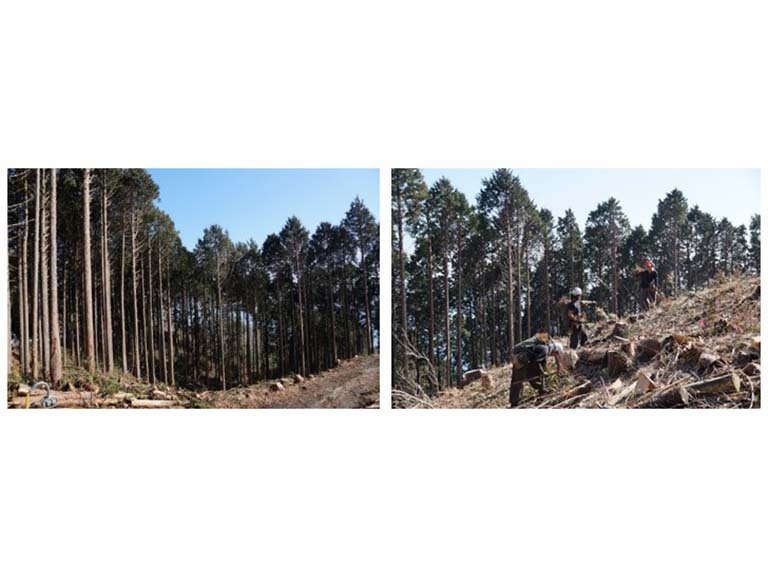
©Bijon Kumer MITRA
Lessons learned from the case
- The nexus of managing forest health and a high-quality water supply needs to be clearly acknowledged in the relevant policies for water security in both urban and rural areas. Recognizing this nexus, the government of Kanagawa Prefecture formulated a long-term action plan with specific emphasis on NbS, aimed at preserving the source of water supply in the upstream forest lands through forest development, water source forest management, soil conservation etc..
- Taking a co-development approach is critical for the active engagement of key stakeholders in the decision-making process. For the decision-making process to be transparent, Kanagawa Prefecture’s 5-year Action Program is developed by a committee that consists of representatives from various sectors and citizens.
- Urban-rural partnerships play a vital role in the sustainability of long-term actions. Introducing payments for ecosystem services ensures that urban people contribute to the sustainable support of NbS in the rural and mountainous areas.
- As a NbS water environment conservation programs not only contribute to conserving and restoring forest health and the water environment, but they also have multiple socio-economic benefits, including revitalizing local forest business, creating new jobs, and attracting tourists and volunteers. There are also environmental co-benefits such as conserving biodiversity, maintaining the carbon sequestration capacity of forests, and mitigating disaster risks, e.g., landslides.
Location
Related Information
- Kanagawa Prefecture (2015). Kanagawa Water Source Environment Conservation and Restoration –Overview of achievements to date– [In Japanese] Retrieved in January 2018
- Kanagawa Prefecture (2016) Third Phase of Kanagawa Water Source Environment Conservation and Restoration 5-year Action Plan [In Japanese] Retrieved in January 2018
- Mitra B.K., Shaw R., Yan W., Takeda T. (2019) Water-Energy-Food Nexus: A Provision to Tackle Urban Drought. In: Ray B., Shaw R. (eds) Urban Drought. Disaster Risk Reduction (Methods, Approaches and Practices). Springer, Singapore.
- Sukhwani, V., Mitra, B.K., Takasawa, H., Ishibashi, A., Shaw, R. and Yan, W. (2019). Urban-Rural Partnerships: A win-win approach to realize Regional CES (Regional Circular & Ecological Sphere), Compendium of Good Practices from Japan. Yokohama, Japan: IGES.
KEYWORDS
- # Case Study
- # Biodiversity/Ecosystem
- # Forests/Forestry
- # Human Health
- # Infrastructure
- # Life of Citizenry and Urban Life
- # Local Communities
- # Water Environment/Water Resources
- # Adaptation Funding/Finance
- # Adaptation Planning/Policy
- # Nature-based Solutions
- # Participatory Approach
- # Asia
- # Japan
- # 2021


